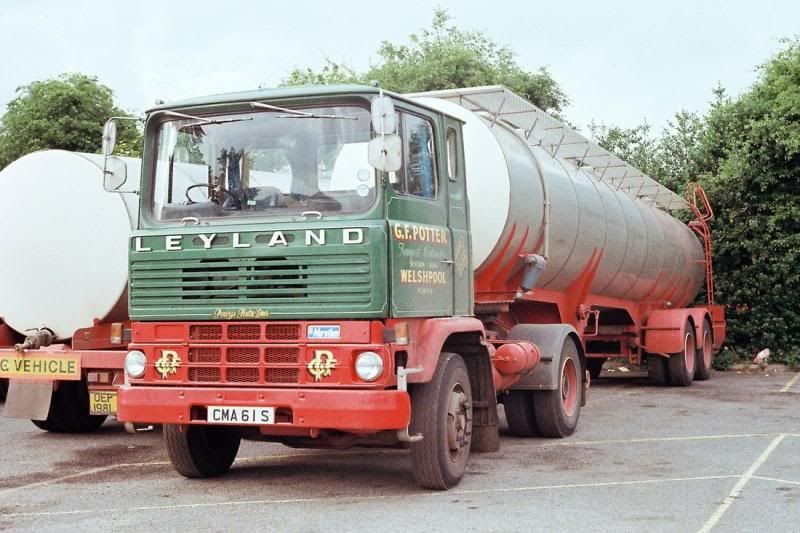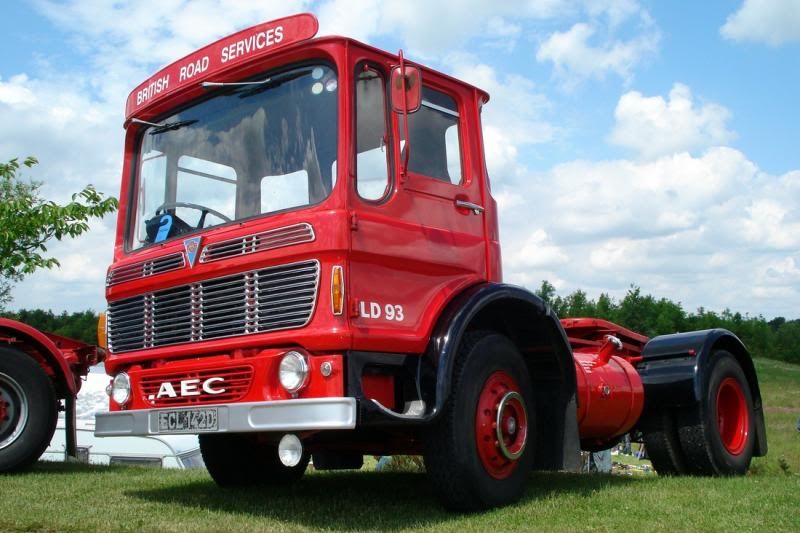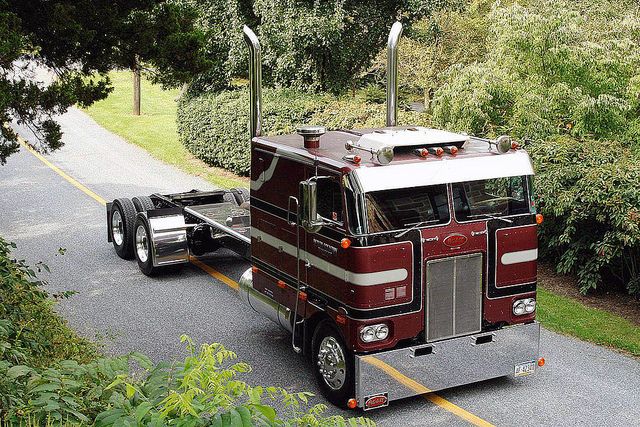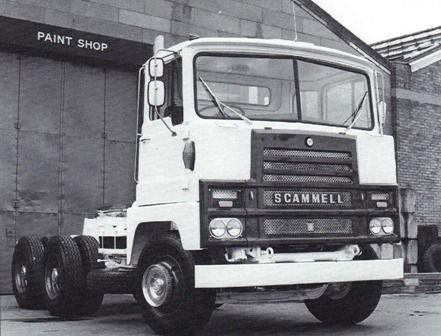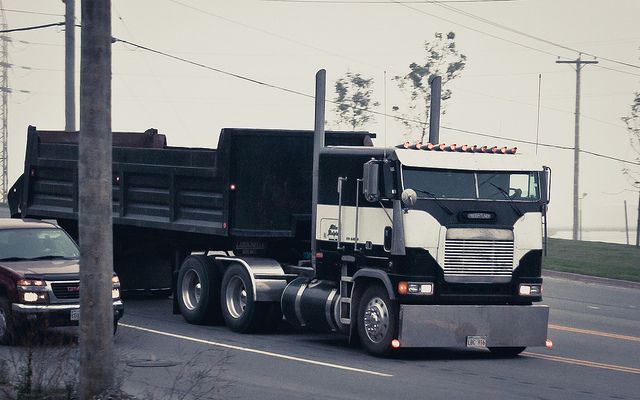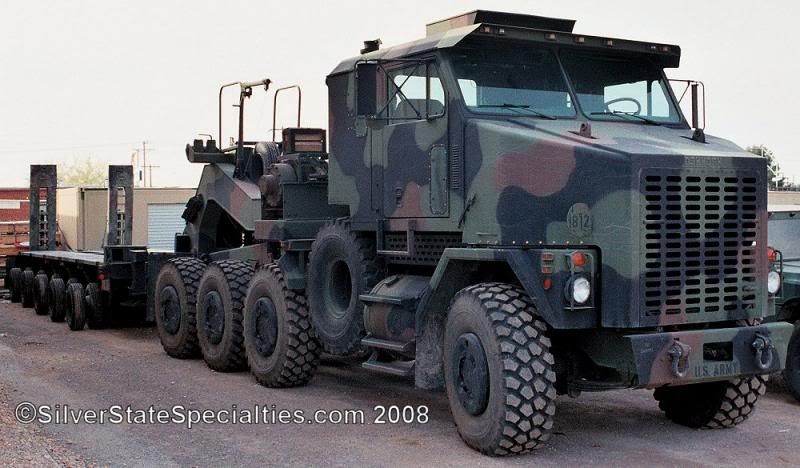ramone:
Carryfast:
ramone:
Carryfast:
kr79:
Have a look at the humble daf cf not so dissimilar to a roadtrain and look at a lot of dafs chasis design.
Owes more to Lancashire Watford and southall than EindhovenIronically DAF probably never would have got where they did without the help of Leyland.But.The fact is that it was development of the 2800,95,and XF that kept them in the top end of the market and unlike Leyland they never intended the 85 or CF to compete in the top league like Leyland did with the Marathon and the T 45.
As I’ve said the ERGO was only much use as a urban local delivery wagon which seems to match it’s dustcart type cab design.


Whereas the Marathon was a case of putting that dustcart cab on a wagon which was designed to compete in the top league where the 2800 was placed.Which was obviously a case of game over and also explains how the Crusader managed to stay in production from 1968-1981.It also explains why the 95 then the XF became DAF’s product in the top end of the market not the 85 or the CF.
Which just leaves the question as to wether you believe that a large truck manufacturer can compete in the market without keeping up with developments in the top end product sector
.
Which is the position which Leyland was in from at least the point when the 2800 was introduced to the market and probably before that when the ERGO was Leyland’s answer to the F88.Which realsitically just left the Crusader as it’s only real credible product in that league.In which case it’s obvious that nothing less than at least a large sleeper cabbed development of the 3 VTG would have been up to the job of taking Leyland forward from at least the mid 1970’s on.
How was the ergo Leylands answer to the F88 in
64? The Crusader was a variant of a cab used by Seddon,Foden ,ERF to mention a few that was nothing special and didnt tilt.You know absolutely nothing about the 3VTG apart from an outside view which looks remarkably like an old Pete design (american lorries have never taken off here or europe for that matter) so what is your reasons for it being a success .Leyland wanted a cab which would cover the whole range and in64 the ergo fit the bill with a large step forward compared with what was available at the time .Progress in development moved forward very quickly shortly afterwards and BLMC didnt move quickly enough due to a number of reasons within the group.Just like the rest of the British manufacturers and to coin a well used phrase “the rest is history”Assuming that the ERGO wasn’t Leyland’s answer to the F88 before introduction of the Crusader then what was
.Yes the Crusader was a fixed cab but it was still a better competitor to the F 88 than the ERGO was and for that matter than the Marathon was to the F88,let alone the DAF 2800,which probably explains why there was still a demand in the market for the Crusader up to 1981 long after introduction of the Marathon.
As for Leyland moving forward it was actually Bedford with the TM and SA with the 400 who outran Leyland by a mile but if they couldn’t stay with the foreign competition,let alone beat it,then Leyland had absolutely no chance.Especially using the bonkers idea that a using a dustcart cab suited to just local work can also be used to compete in the top league long haul/international sector market.
The F88 wasn
t over here in64 or anywhere else when the ergo was introduced neither were hardly any other top weight imports ,i would like to see the sales figures of the Crusader compared with the marathon and for that matter the dunstable dustbin , Bedfords ill fated and only attempt at a top weight artic (the KM doesnt count )As for the SA quite a few on here knicknamed them Sudden Accidents much were their appeal.You keep mentioning the 2800 ,well i found them cramped and that ridiculously low windscreen gave me kneck ache stooping all day to see out of it ,they should have tried entering the japanese market with them ,those little tiddlywinks would have loved them .The Marathon was a vehicle developed on the cheap no one is denying that but in later form they were no worse than any of the other british makes available which had been developed at much higher costs
Exactly the foreign competition wasn’t here during the 1960’s so those ERGO operators/drivers had nothing to compare the thing with.Although just because the foreign invasion hadn’t started here doesn’t mean that those wagons didn’t exist at the time.Unless you’re saying that although the F88 was introduced to the market in 1964 no one anywhere started buying the thing before the Brits had discovered it’s existence much later. ![]()
![]()
![]() The relevant thing is that the British manufacturers knew trucks like the F88 existed during the 1960’s which is why the Crusader was developed and introduced in 1968 and it’s also why AEC’s engineers were working on the 3 VTG.Unfortunately for them they didn’t have access to euro or scandinavian type development budgets in addition to being in a customer environment where putting a set of TIR plates on a day cabbed ERGO was considered the state of the art for long haul truck design.If only I could find the Leyland publicity photo for the ERGO on the interweb to link to to prove it.
The relevant thing is that the British manufacturers knew trucks like the F88 existed during the 1960’s which is why the Crusader was developed and introduced in 1968 and it’s also why AEC’s engineers were working on the 3 VTG.Unfortunately for them they didn’t have access to euro or scandinavian type development budgets in addition to being in a customer environment where putting a set of TIR plates on a day cabbed ERGO was considered the state of the art for long haul truck design.If only I could find the Leyland publicity photo for the ERGO on the interweb to link to to prove it. ![]()
![]()
![]()
![]()



